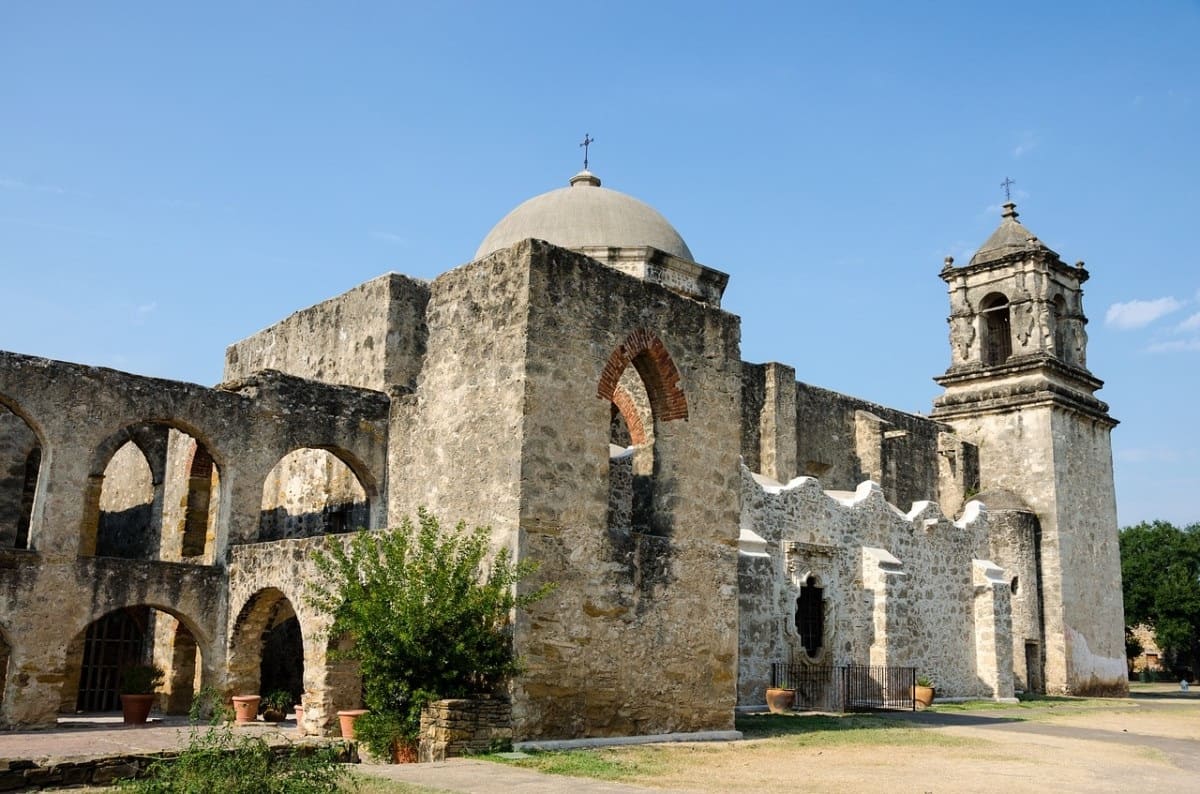Secrets Of America’s Colonial Spanish Presidios In Texas

Ever wondered about the hidden gems of Texas history? America's Colonial Spanish Presidios offer a fascinating glimpse into the past. These fortresses, built by Spanish settlers, served as military outposts and community hubs. They played a crucial role in protecting settlers from raids and establishing Spanish influence in the region. Visiting these sites today, you can almost hear the echoes of soldiers' footsteps and imagine life in the 1700s. From the well-preserved walls of Presidio La Bahía to the ruins of Presidio San Saba, each site tells a unique story. Ready to step back in time and explore these historical treasures?
Discovering the Colonial Spanish Presidios in Texas
Texas is home to many historical sites, but few are as fascinating as the colonial Spanish presidios. These fortresses played a crucial role in protecting Spanish territories and missions from invaders. Let's explore some of the most intriguing presidios in Texas.
Presidio La Bahía
Presidio La Bahía, located in Goliad, is one of the most well-preserved presidios in Texas. Established in 1721, it served as a military stronghold and a mission. Today, visitors can tour the fort, visit the museum, and even stay overnight in the quarters.
- Goliad: This town is home to Presidio La Bahía. The fort's chapel, Our Lady of Loreto, is still active and holds regular services.
Presidio San Antonio de Béxar
San Antonio de Béxar, established in 1718, was a key military post. It protected the nearby missions, including the famous Alamo. The presidio's remnants can still be seen in San Antonio, offering a glimpse into the past.
- San Antonio: The city is rich in history, with the Alamo and other missions forming part of the San Antonio Missions National Historical Park.
Presidio Nuestra Señora de los Dolores de los Tejas
Founded in 1716, this presidio was built to protect the Spanish missions in East Texas. Though not much remains of the original structure, the site near San Augustine offers historical markers and information about its significance.
- San Augustine: This small town provides a peaceful setting to learn about early Spanish efforts to colonize East Texas.
Presidio San Sabá
Established in 1757, Presidio San Sabá was built to protect the San Sabá Mission from Apache and Comanche attacks. Located near Menard, the site includes ruins and a museum detailing its history.
- Menard: Visitors can explore the presidio ruins and learn about the conflicts between Spanish settlers and Native American tribes.
Presidio del Norte
Presidio del Norte, founded in 1683, is one of the oldest presidios in Texas. Situated near Presidio, Texas, it served as a vital defense point along the Rio Grande. The site offers a unique look at early Spanish military architecture.
- Presidio: This border town provides access to the historic site and the nearby Big Bend Ranch State Park.
Presidio San Luis de las Amarillas
Built in 1757, Presidio San Luis de las Amarillas was intended to protect the San Sabá Mission. Located near Menard, the presidio faced numerous attacks from Native American tribes, leading to its eventual abandonment.
- Menard: The town offers a chance to explore both Presidio San Sabá and San Luis de las Amarillas, providing a deeper understanding of the region's history.
Presidio Nuestra Señora del Pilar de los Adaes
Established in 1721, this presidio was the capital of Spanish Texas for over 50 years. Located near Robeline, Louisiana, it served as a buffer against French encroachment. The site now features a state historic site with interpretive trails.
- Robeline: Though technically in Louisiana, this site is crucial to understanding the Spanish presence in Texas.
Presidio San Juan Bautista
Known as the "Gateway to Texas," Presidio San Juan Bautista was established in 1701 near the Rio Grande. It served as a launching point for expeditions into Texas and protected several missions in the area.
- Eagle Pass: This border city provides access to the historic site and offers a rich cultural experience with its blend of American and Mexican influences.
Presidio Nuestra Señora de Loreto de la Bahía
Located in modern-day Goliad, this presidio was established in 1721. It played a significant role in the Texas Revolution and is now a National Historic Landmark. Visitors can explore the fort and learn about its impact on Texas history.
- Goliad: The town is steeped in history, with the presidio being a central attraction alongside the nearby Fannin Battleground State Historic Site.
Presidio San Antonio de los Llanos
Founded in 1767, this presidio was built to protect the Spanish missions in the region. Located near present-day Rockdale, the site offers a glimpse into the challenges faced by Spanish settlers.
- Rockdale: This small town provides a quiet setting to reflect on the early Spanish efforts to colonize the area.
Discovering the Legacy of Colonial Spanish Presidios
Exploring America's Colonial Spanish Presidios in Texas offers a unique glimpse into the past. These historic forts tell stories of early settlers, military strategy, and cultural exchanges. Visiting places like Presidio La Bahía or San Antonio de Béxar brings history to life. You can walk where soldiers once stood and imagine the daily lives of those who lived there.
These sites are more than just old buildings. They are a testament to the resilience and ingenuity of early Spanish settlers. Each presidio has its own story, adding depth to our understanding of Texas history. Whether you're a history buff or just curious, these presidios offer something for everyone.
Plan a trip to these historic sites. Experience firsthand the rich heritage that helped shape Texas. The legacy of these presidios continues to inspire and educate visitors from all walks of life.

